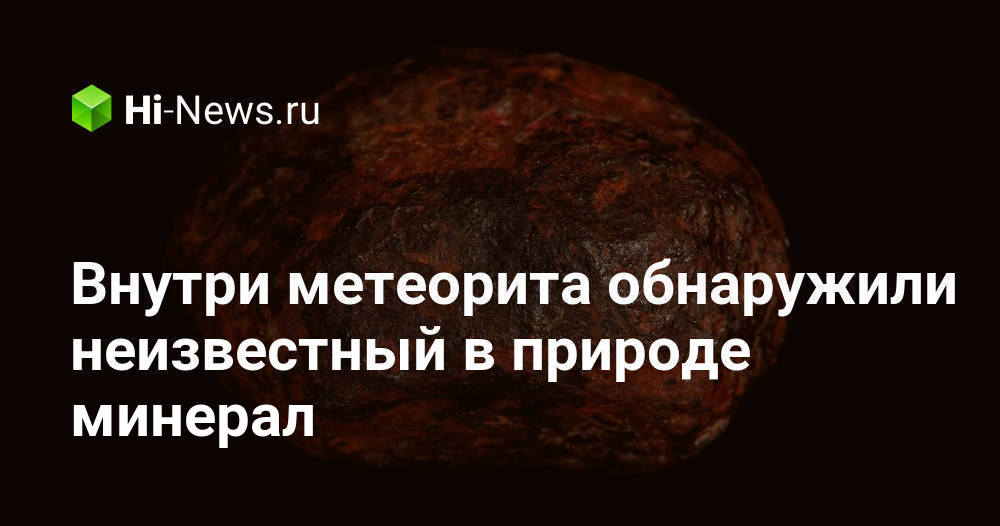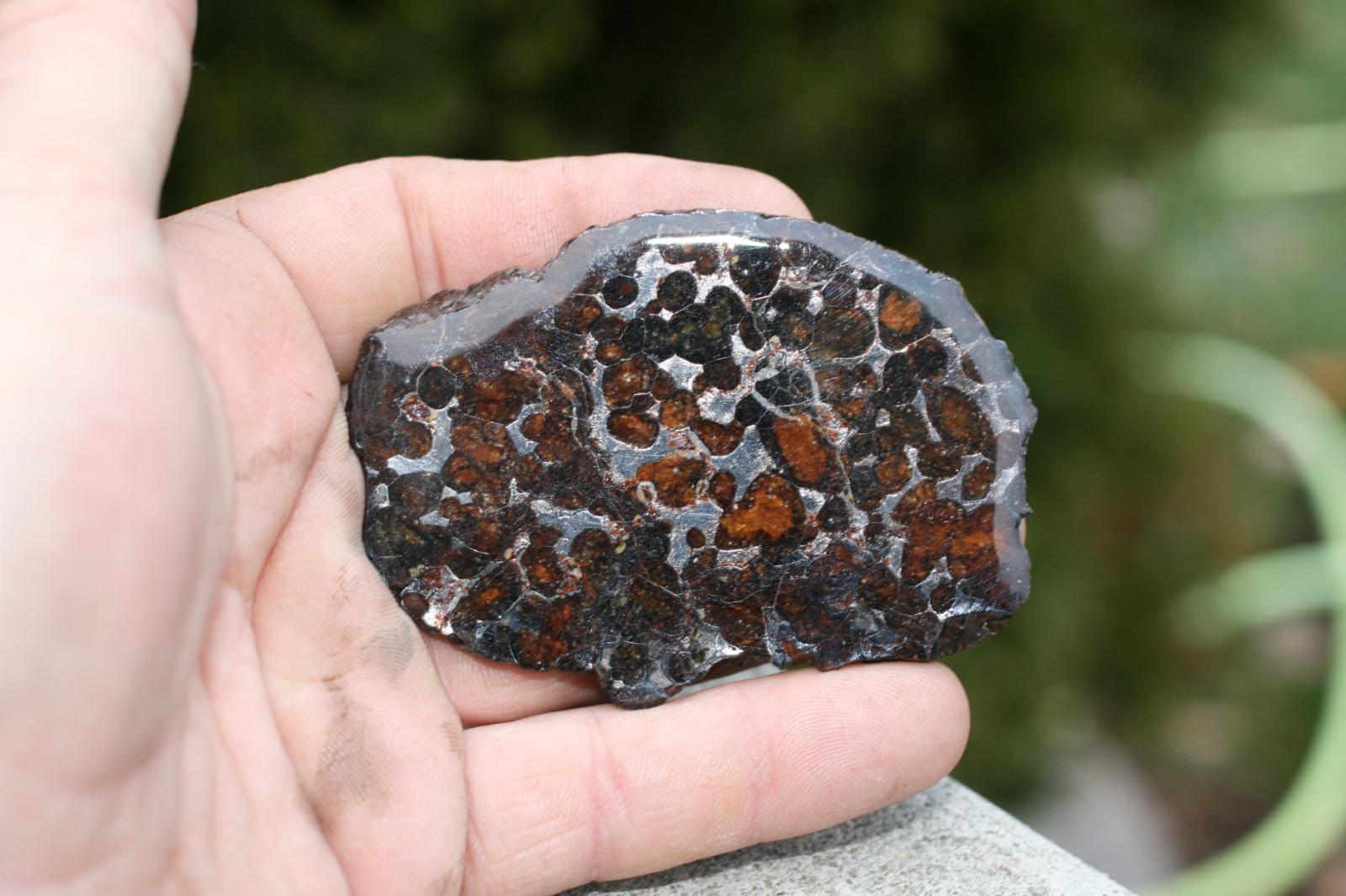

A meteorite contains a lot of iron, so it will stick to your magnet.

The best and most reliable showers are usually the Perseids, between August 11 and 13.Thus, the Leonid meteor shower (peaking about November 18) will appear to radiate from the constellation Leo. Meteor showers are usually named for the constellation in which their radiant lies at the time of shower maximum. These meteors will produce longer streaks in the sky. However, meteors seen 45 to 135 degrees from the radiant are moving in a more parallel direction to the observer. Meteors seen near the radiant are approaching the observer and will appear as short streaks in the sky. We see meteor showers, or shooting stars, when the Earth travels though clouds of particles left by asteroids (or, comets).Ī meteor shower appears to originate from a single point in the sky, the “radiant”. Earth’s moon, Mercury and even Mars are covered with round impact craters from these collisions. Some planets and moons don’t have enough atmosphere to protect them against meteor and asteroid impacts. Most meteors burn up entirely in Earth’s atmosphere, but if a meteor survives its passage through the Earth’s atmosphere and lands on Earth’s surface, it’s called a meteorite. Meteorites range in size from tiny pebbles to boulders.Scientists think that up to 10,000 tons of meteors fall on the Earth each day, but most are no bigger than a speck of dust. When one of those meteoroids enters the Earth’s atmosphere and vaporizes, it is called a meteor-or, “shooting star.” The meteor heats up and makes the air around it glow.


Think of asteroids like minor planets which orbit around the Sun just like Earth. The largest rocks are called asteroids.To put it simply, asteroids, meteoroids, meteors, and meteorites are just different types of “space rocks.”


 0 kommentar(er)
0 kommentar(er)
